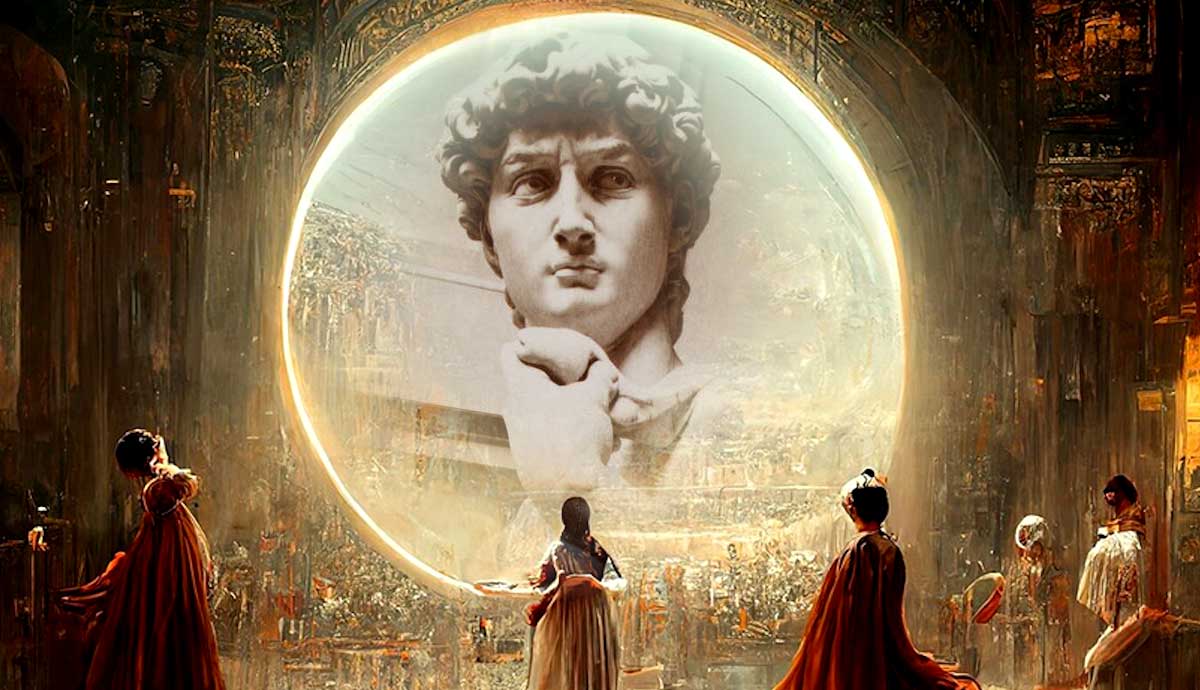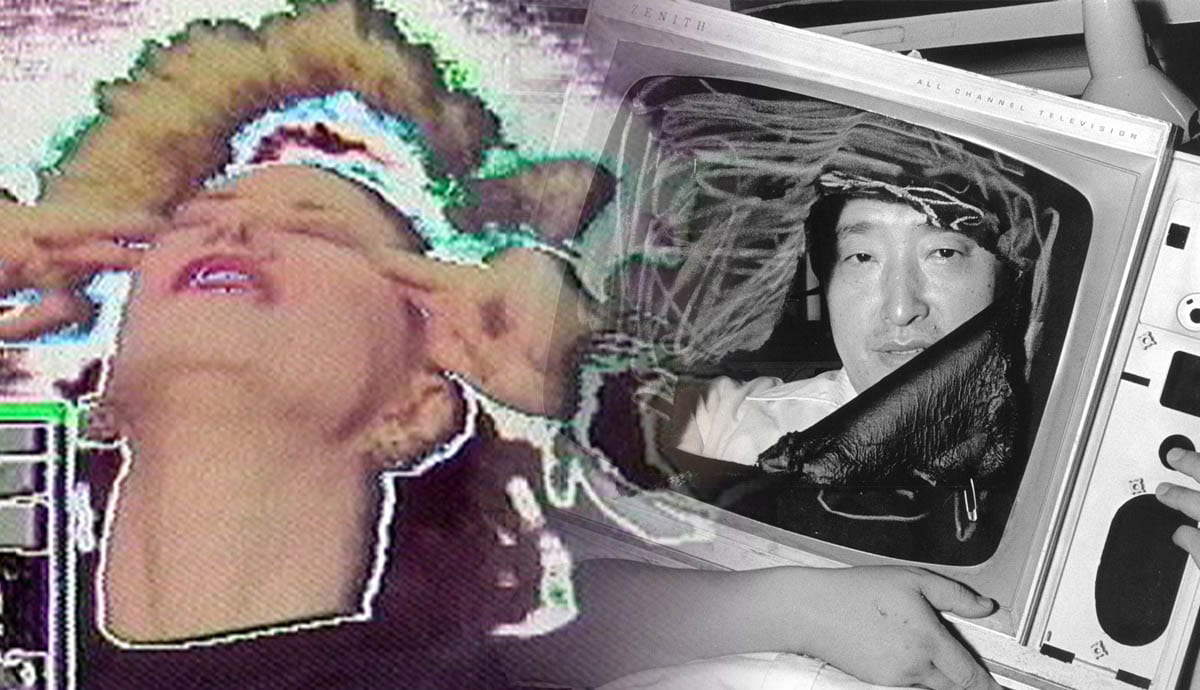
summary
- Digital art definition: Art created using digital technology, encompassing video art, NFTs, internet art, and interactive installations, often challenging traditional art forms and distribution methods.
- Collecting considerations: Digital art requires evaluating medium (USB, NFT), edition limits, authenticity certificates, and technical specs for display and preservation.
- Preservation challenges: Unlike physical art, digital works need regular format migration and backups to combat technological obsolescence and ensure longevity.
- NFT boom and risks: While NFTs revolutionized digital art ownership (e.g., Beeple’s $69M sale), their market volatility and environmental impact remain contentious issues.
Digital art, or New Media Art, is an art form that is still largely unknown to many, even art connoisseurs. Although it is a relatively new art form, digital art has existed for several decades. The advent and development of various technologies, such as video technology in the 1960s, shaped countless new forms of artwork. This trend continued later with the development of computers and the internet in the 1990s and remains to this day. Today, digital art continues to increase in popularity. Below is a background on digital art and pointers on collecting pieces from this unique and rapidly evolving movement.
What is Digital Art?

Before one can dive into the special features of collecting digital art, a basic question must be answered first: what is digital art? The terms digital art or new media art already suggest that digital art is artwork created with new media technologies. This is a broad definition that extends to many forms of artwork, including video art, sound art, internet art, cyborg art, and biotech art. The artist Eduardo Kac even integrates DNA technologies into his artwork. The emergence of this art form goes back mainly to the 1950s and 1960s. During this period, many artists detached themselves from the classical media of art (painting, sculpture, etc.) because they wanted to break away from institutional art. Later down the line, the digital era enabled artists like Nam June Paik to express themselves through new media.
What Makes Digital Art So Special?

The diverse nature and range of digital art are apparent in the works of artists such as Nam June Paik, Yoko Ono, and Marina Abramovic, as well as in artworks such as David Hockney’s iPad drawings, Ed Atkins’ pieces with their unforgettable digital creatures, and the biotechnical artistic experiments of Eduardo Kac. Just looking at this spontaneous, small selection of artistic positions of digital art underscores the genre’s wide variety of forms. This diversity makes it difficult for many to characterize media art as a whole, even though it is clearly distinct from traditional forms of art such as painting or sculpture.

Digital art is often available in an unlimited or unrestricted way, quite unlike unique pieces such as paintings, which can strongly influence the value of the artwork. Digital work is much less vulnerable to forgery but also presents a variety of new challenges for both viewers and curators. The question of how to deal with these particularities in the art market has been the subject of contentious debate over the past decades.
Collecting Digital Art

The market for digital artworks has grown steadily in recent years but is still small compared to trading with traditional art forms. This may be because new media art has not yet fully arrived in the major institutions and museums. However, digital works of art do not necessarily make it easy for collectors in return. After all, the origins of digital art are sometimes even directed against its marketing. These particularities must be taken into account when collecting digital art:
1. Medium

Before beginning a journey in collecting digital art, it is important to consider the characteristics of new media art’s different forms. While video art often still has a material carrier, internet-based art is typically detached from a tangible medium. Media installations, such as the one by Eduardo Kac seen above, often follow a strict structure and usually consist of several different components such as video recordings, sound recordings, and written instructions for construction or reception.
2. Materiality

Unlike a painting painted on a canvas or a sculpture carved from stone, digital art is usually ephemeral or virtual. Delivering digital art after it has been purchased is therefore somewhat different from what is done with traditional media. Before the 2020s, it was usually materialized and stored on a USB stick or hard disk. This was revolutionary because it had one large advantage: digital art is more space-saving than most other art. While traditional art collectors require storage space for their collections, digital art is much more accessible to the everyday person.
Another possibility is that a work of art can be sent virtually. Platforms such as Sedition offer an interface for collecting digital art, including but not limited to NFTs. On these platforms, collectors can buy digital art and also store it. This has a practical advantage: they can access their art at any time and from anywhere. At Sedition, collectors can find exclusive artworks by Yoko Ono, the light art of artist Tracey Emin in a digital version, and the works of many other artists.
3. Editions

Collecting art is interesting for many people not only as a good investment or out of a passion for art, but also because of its uniqueness, which strongly influences the value of the artworks. Digital artwork is a product of the “age of technical reproducibility,” as Walter Benjamin described it in his famous essay as early as 1935. Digital art, or New Media art, is reproducible and can theoretically be multiplied infinitely. To make their works more exclusive, digital artists often attempt to make only one copy of their artwork or a certain edition.
4. Authenticity

Digital art is generally easier to forge than other art. This is particularly true of Internet art based on programmed code. This is particularly true of Internet art based on programmed code. With digital art, despite a limited edition, pirated copies can also be circulated, and they are often very easy to produce. An original can be difficult to recognize in New Media Art. It is hard to determine the provenance of a digital work of art. This makes it all the more important to ensure that a certificate of authenticity is obtained when collecting digital art. Without such a certificate the resale of a work of art could pose challenges.
5. Check Technical Requirements

While an art collector for a purchased painting needs, at minimum, a free wall to enjoy the work of art, collectors of new media art should pay attention to the technical requirements needed to view the art. Often, only a simple screen is needed to play a video, but sometimes a special performance of a TV or monitor is needed to play it in a certain resolution. Additionally, artists often have a precise idea of how and with which device their works of art should be presented. This is especially crucial for museums and galleries that present art to the public and concerns mainly multi-media art.
Preserving Digital Art

Buying digital artwork is one thing, but preserving them is quite another and is also very different from preserving traditional art. The following two processes are essential for collectors of digital art: refreshing and migration.
1. Refreshing

Just like canvas, paper, and paint, digital works of art and their storage media are also subject to an aging process. It is important that collectors of new media art back up their works of art on a new technological medium from time to time. This is where digital art has a decisive advantage over classical art forms; it is comparatively easy to preserve because it is fast and inexpensive. Depending on the contractual conditions, a backup copy can also save an artist or collector from an undesired loss of a work of art.
2. Migration

Digital artwork is subject to rapid technological change. It may be that you buy a work of art today whose format will be so outdated in a few years that it will no longer be readable on conventional devices. To preserve artworks in a way that they can still be viewed in the future, they must always be converted into a readable format. This process is called migration.
Digital art, or new media art, is based on new technologies, which in turn require a new approach to art in many ways. Collecting digital art differs from classical collecting in several ways. While decades ago it was not even conceivable that something non-material, virtual, or ephemeral could become an object of collection, there are now good opportunities to expand an art collection with digital pieces.
Into the Future: NFTs and Beyond

As digital technology expands into the future, art collectors and enthusiasts can expect to see rapidly evolving changes to art mediums and the art market. One recent example of this is the rise of NFTs at the beginning of the 2020s, which revolutionized the way many interacted with and viewed artwork. NFTs, or non-fungible tokens, are a type of digital token that is used to represent the ownership of a unique item, such as a piece of artwork. NFTs were first invented in 2014, but experienced a widespread boom in the art market in 2021, with NFT trading volume surpassing $13 billion that year. The artwork seen above, Everydays: The First 5000 Days by Beeple (2021) sold for a record sum of $69 million at Christie’s auction house.

The NFT heyday was incredibly contentious within the art world, with many criticizing their high carbon footprint and use in various art scams. Nevertheless, many notable and established artists created NFTs, including Damien Hirst and Philip Colbert. On the other side of the equation, David Hockney spoke out against NFTs, calling them “silly little things” for “crooks and swindlers.” During this craze, Damien Hirst faced criticism for burning many of his artworks after asking digital collectors to choose between the physical and NFT copies of the work.
While NFTs continue to be an important part of the art market for the time being, they experienced a considerable crash in 2022. In September of 2022, the NFT market experienced a staggering $2 trillion loss of value. Although NFTs and NFT artists are still significant in today’s art market climate, the whole situation serves as a reminder that not every version of digital art will stand the test of time. Collectors of digital art should be encouraged to do their due diligence, and, no matter what, back up their files of any works purchased.









